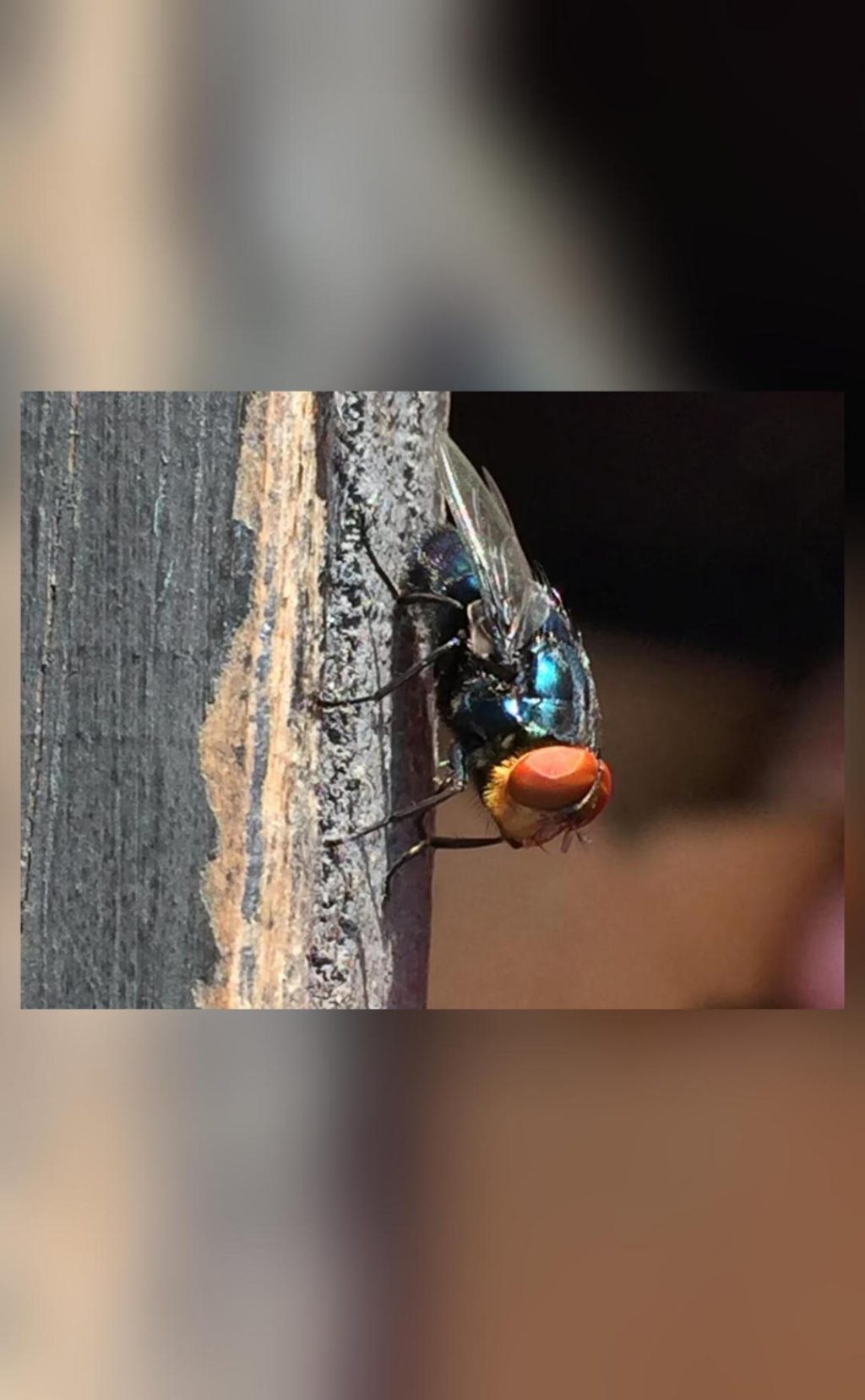
Why is US planning to breed screwworm flies & dump them from planes over Mexico?
In a rather unconventional move, the US government is preparing to breed billions of male flies and dump them from planes over Mexico and southern Texas to protect its beef industry from the flesh-eating larvae of the New World screwworm fly. The plan is to sterilize the male flies with radiation so that they cannot reproduce with female flies and cause the population to die out.
The New World screwworm fly (Cochliomyia hominivorax) is a parasitic insect that lays its eggs in the wounds or orifices of warm-blooded animals, including humans. The larvae that hatch from these eggs feed on the flesh of the host, causing significant damage and potentially life-threatening infections.
The screwworm fly was once a major problem in the US, particularly in the southern states, but was eradicated in the 1960s through a concerted effort involving insecticides, traps, and other control measures. However, in 2016, a re-emergence of the fly was reported in Florida, and since then, it has spread to other parts of the country, including Texas and Mexico.
The US Department of Agriculture’s Animal and Plant Health Inspection Service (APHIS) has been working with the Mexican government and other international partners to develop a plan to control the spread of the screwworm fly. One of the key components of this plan is the release of millions of sterilized male flies over the affected areas.
The idea behind this strategy is that the sterilized male flies will find and mate with the female flies, reducing the fly population over time. This is because the sterilized males will not be able to produce viable offspring, and their mating with the females will not result in the production of fertile eggs.
The process of breeding and sterilizing the flies is complex and involves several steps. First, scientists at the US Department of Agriculture’s Animal and Plant Health Inspection Service (APHIS) collect and breed the screwworm flies in controlled facilities. The flies are then sterilized using radiation, which is a safe and effective method for sterilizing insects.
Once the flies are sterilized, they are packaged in small containers and loaded onto planes. The planes will then fly over the affected areas, releasing the flies into the wild. The flies will then find their way to the female flies and mate with them, reducing the population over time.
The US government has been working on this plan for several years and has already released millions of sterilized flies over the affected areas. The plan is expected to continue for several years, with millions of flies being released each week.
The release of sterilized flies is not a new concept. In fact, it has been used successfully in the past to control the spread of other pests, including the Mediterranean fruit fly and the Caribbean fruit fly.
The benefits of this approach are numerous. For one, it is a non-toxic and environmentally friendly method for controlling the screwworm fly population. It also does not require the use of insecticides, which can have negative impacts on the environment and human health.
Additionally, the release of sterilized flies can help to reduce the economic impacts of the screwworm fly on the beef industry. The fly can cause significant damage to cattle and other livestock, leading to reduced productivity and increased costs for farmers and ranchers.
The US government is planning to release billions of sterilized flies over Mexico and southern Texas to protect its beef industry from the flesh-eating larvae of the New World screwworm fly.






